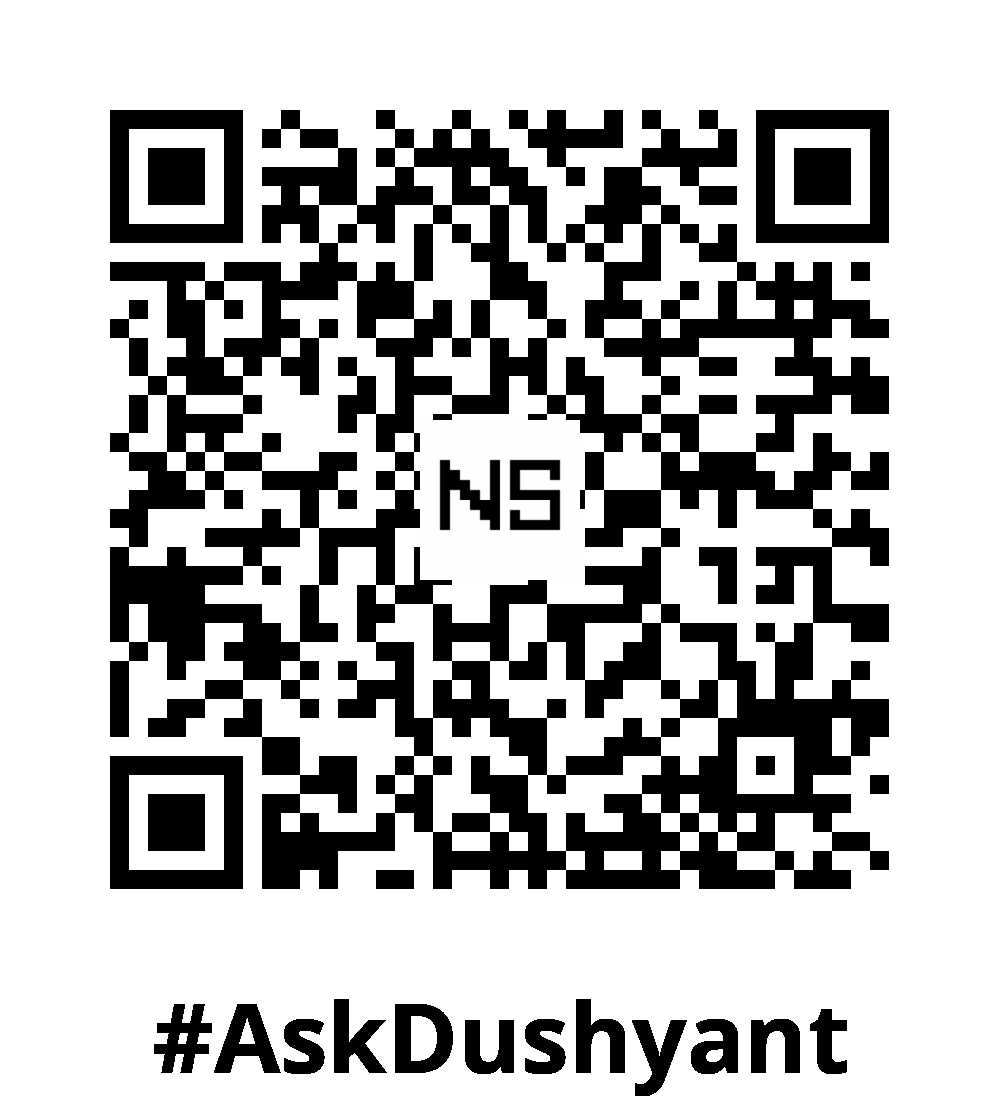Fine-tuning large language models has revolutionized natural language processing (NLP) by allowing us to adapt powerful pretrained models to specific use cases. Whether you’re building a domain-specific chatbot, sentiment classifier, or text summarizer, fine-tuning helps bridge the gap between generic language understanding and task-specific performance.
For over two decades, I’ve gone from crafting millions of lines of code to leading game-changing initiatives that drive extraordinary business growth. I empower startups and enterprises to harness innovation, embrace AI, and make a lasting real-world impact. In this tech concept, we explore the most powerful fine-tuning techniques available through the Hugging Face ecosystem—including 🤗 Transformers, 🤗 PEFT, and 🤗 Accelerate. Each method includes example code, use cases, and ideal hardware settings.
Fine-Tuning Techniques Supported in Hugging Face
Full Fine-Tuning
Fine-tuning all parameters of a model gives you the most control and performance but comes with a higher compute cost.
How to do it:
from transformers import AutoModelForSequenceClassification, Trainer
model = AutoModelForSequenceClassification.from_pretrained("bert-base-uncased", num_labels=2)
trainer = Trainer(model=model, ...)
trainer.train()
Use Case:
Use full fine-tuning when you have high-resource environments and want complete adaptation to your task or domain.
LoRA (Low-Rank Adaptation)
LoRA injects trainable rank-decomposition matrices into transformer weights, significantly reducing training overhead.
How to do it:
from peft import get_peft_model, LoraConfig, TaskType
config = LoraConfig(task_type=TaskType.SEQ_CLS, r=8, lora_alpha=32, lora_dropout=0.1)
model = get_peft_model(model, config)
Use Case:
Train large models like BERT or LLaMA efficiently on a single GPU with limited VRAM.
QLoRA (Quantized LoRA)
QLoRA merges 4-bit quantization with LoRA, enabling fine-tuning of 7B+ models on consumer hardware.
How to do it:
from transformers import BitsAndBytesConfig
from peft import get_peft_model, LoraConfig, TaskType
quant_config = BitsAndBytesConfig(load_in_4bit=True, bnb_4bit_use_double_quant=True)
model = AutoModelForCausalLM.from_pretrained("meta-llama/Llama-2-7b-hf", quantization_config=quant_config, device_map="auto")
config = LoraConfig(task_type=TaskType.CAUSAL_LM, r=8, lora_alpha=32, lora_dropout=0.1)
model = get_peft_model(model, config)
Use Case:
Train massive LLMs with as little as 12–16GB VRAM using consumer-grade GPUs.
Adapters
Adapters insert small trainable modules between existing transformer layers. These adapters are fine-tuned while keeping the base model frozen.
How to do it:
from peft import AdapterConfig, get_peft_model, TaskType
config = AdapterConfig(task_type=TaskType.SEQ_CLS, non_linearity="relu", reduction_factor=16)
model = get_peft_model(model, config)
Use Case:
Best for modular, reusable architectures across multiple tasks.
Prompt Tuning / Prefix Tuning
Prompt tuning learns task-specific prompt embeddings that are prepended to model inputs. The base model remains unchanged.
How to do it:
from peft import PromptTuningConfig, get_peft_model, TaskType
config = PromptTuningConfig(task_type=TaskType.SEQ_CLS, num_virtual_tokens=8)
model = get_peft_model(model, config)
Use Case:
Ideal for low-data or few-shot learning environments.
BitFit (Bias Fine-Tuning)
BitFit trains only the bias terms of the model, keeping all other weights frozen.
How to do it:
for name, param in model.named_parameters():
if "bias" not in name:
param.requires_grad = False
Use Case:
Great for text classification and sentiment analysis tasks with minimal parameter updates.
Differential Fine-Tuning
This technique sets different learning rates for different layers, allowing fine-grained control over how much each part of the model adapts.
How to do it:
optimizer_grouped_parameters = [
{"params": model.encoder.layer[:6].parameters(), "lr": 5e-5},
{"params": model.encoder.layer[6:].parameters(), "lr": 1e-4},
]
Use Case:
Use differential fine-tuning for domain adaptation where earlier layers need less updating than later ones.
Hugging Face Libraries You Should Know
| Library | Purpose |
|---|---|
transformers | Load, train, and deploy state-of-the-art NLP models. |
datasets | Access 10,000+ ready-to-use datasets. |
peft | Perform parameter-efficient fine-tuning. |
bitsandbytes | Add 4-bit quantization support for large models. |
accelerate | Simplify multi-GPU or distributed training workflows. |
Summary of Hugging Face Fine-Tuning Techniques
| Fine-Tuning Method | Hugging Face Support | Key Library | Ideal For |
|---|---|---|---|
| Full Fine-Tuning | ✅ | transformers | Full retraining, domain shifts |
| LoRA | ✅✅ | peft | Large models, limited hardware |
| QLoRA | ✅✅✅ | peft + bitsandbytes | 4-bit tuning on consumer GPUs |
| Adapters | ✅✅ | peft | Multi-task systems |
| Prompt/Prefix Tuning | ✅✅✅ | peft | Few-shot, low-data environments |
| BitFit | ✅ (manual) | transformers (custom) | Lightweight fine-tuning |
| Differential Tuning | ✅ (manual) | transformers (custom) | Fine-grained learning rate control |
My Tech Advice: Hugging Face’s tools make fine-tuning accessible, efficient, and highly customisable. Whether you’re deploying enterprise-scale models or running experiments on your laptop or PC build, you can choose the technique that fits your goals and resources. Today with HuggingFace, businesses of all sizes harness the power of AI and automation to innovate, scale, and lead.
#AskDushyant
Note: The names and information mentioned are based on my personal experience and publicly available data; however, they do not represent any formal statement.The example and pseudo code is for illustration only. You must modify and experiment with the concept to meet your specific needs.
#TechConcept #TechAdvice #HuggingFace #FineTuning #LoRA #QLoRA #NLP #Transformers #MachineLearning #AI #OpenSource


Leave a Reply